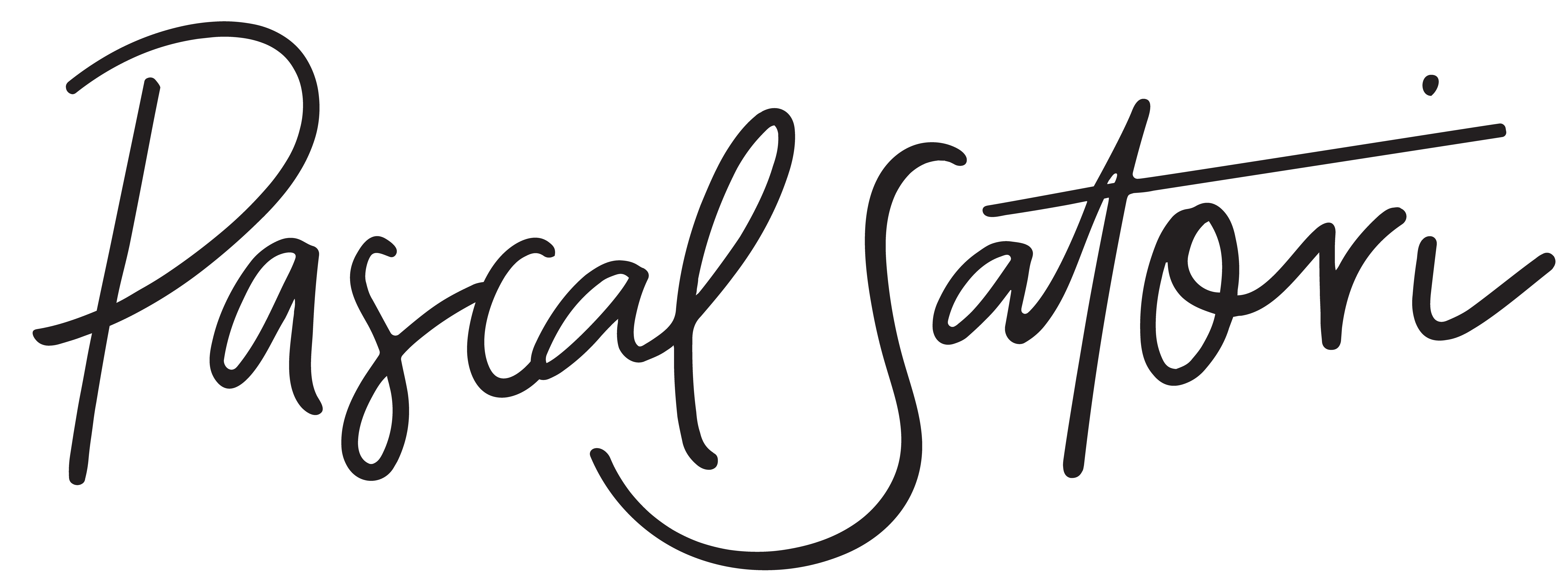In the fast-paced world of technology, where innovation often outpaces the ability to market and monetise it, achieving product-market fit is the ultimate goal. It’s the moment when your product perfectly meets the needs of your target audience, driving adoption, loyalty, and profitability.
But many tech companies never get there. Why? A lack of clear product design and strategic direction often leads to products that are overbuilt, underused, or misaligned with market needs. In a sector where competition is fierce and customer expectations are evolving rapidly, clarity in both design and strategy isn’t just important—it’s essential.
Achieving product-market fit
Coined by entrepreneur Marc Andreessen, product-market fit occurs when “you’re in a good market with a product that can satisfy that market.” It’s not just about creating something innovative—it’s about creating something people genuinely want, need, and will pay for.
This requires balancing three interconnected elements: understanding the market, building the right product, and ensuring it delivers value as demand grows. Getting this right isn’t a matter of luck; it’s the result of aligning clear product design with a strategic vision that is laser-focused on solving customer problems.
Take Slack as an example. When it launched, it wasn’t the first team communication tool on the market. However, its simple, intuitive design and thoughtful user experience made it stand out. By focusing on ease of use and delightful features like playful notifications, Slack quickly became indispensable for teams and achieved product-market fit. Today, it’s a $27 billion company—proof that great design, paired with a clear strategy, can transform a product into a market leader.
The power of clear product design
Good design isn’t just about aesthetics; it’s about understanding the user’s needs and creating solutions that feel effortless to use. This requires empathy, clarity, and attention to detail. When users encounter a product that aligns with their expectations, they’re more likely to adopt it, stick with it, and recommend it to others.
Design has the power to create alignment between users and the product. Clunky interfaces or unclear workflows are fast tracks to frustration, and research shows that 88% of online consumers are less likely to return to a website after a bad experience. On the other hand, thoughtful design can reduce friction, build trust, and exceed expectations.
Figma is a masterclass in user-focused design. From its real-time collaboration features to its intuitive interface, every aspect of the product was created with the user in mind. This clarity and focus enabled Figma to quickly achieve product-market fit, resulting in a $20 billion acquisition by Adobe.
The strategic north star
While design ensures usability and engagement, strategy provides the roadmap. Without a clear product strategy, even the most well-designed products can fail to gain traction. Strategy isn’t about building as many features as possible—it’s about solving the right problems for the right people at the right time.
Take Instagram’s early days. It launched as a simple photo-sharing app with just one standout feature—filters. This clarity of purpose helped Instagram gain traction quickly, and its success reshaped social media. By prioritising simplicity and solving a specific user problem, Instagram’s team avoided the pitfalls of trying to be everything to everyone.
Another key to a strong strategy is listening to your users. Airbnb’s founders famously spent months living with hosts to understand their challenges. This deep customer research led to features like secure payment processing and verified profiles—solutions that directly addressed real problems. These strategic decisions helped Airbnb scale while maintaining trust and loyalty among its users.
Aligning design and strategy
Achieving product-market fit isn’t just about having a great design or a strong strategy—it’s about aligning the two. Strategy defines what problems the product should solve, while design determines how those solutions are delivered to users.
When design and strategy work in tandem, the results are transformative. Zoom is an excellent example of this alignment. Its strategy focused on solving pain points in video conferencing, such as poor connection quality and complicated user interfaces. The design then executed this vision with a clean, reliable, and user-friendly platform. During the pandemic, Zoom’s ability to scale seamlessly while maintaining a high-quality experience cemented its dominance in the market.
The financial impact of product-market fit
Reaching product-market fit doesn’t just feel good—it delivers measurable business results. Companies that achieve it experience faster adoption, higher retention rates, and increased profitability.
Forrester research shows that customer-centric companies grow revenue 2x faster than their competitors and achieve 60% higher total shareholder returns. This isn’t surprising—when products align with market needs and are easy to use, they naturally attract and retain customers.
McKinsey reports that businesses with clear, user-focused design practices see an ROI that is 32% higher than their peers. This underscores the importance of investing in both strategic planning and user-centric product development to ensure long-term success.
The lessons for tech companies
Tech companies often pride themselves on innovation, but innovation without purpose can lead to wasted resources. Achieving product-market fit requires intentionality in every decision.
The path starts with listening to your users, focusing on simplicity, and aligning your design and strategy teams around a shared vision. When these elements come together, the results are powerful: increased adoption, stronger retention, and a product that truly resonates with its audience.
As Marc Andreessen observed, “You can always feel when product-market fit isn’t happening. The customers aren’t quite getting value, the word of mouth isn’t spreading, usage isn’t growing, and press reviews are kind of blah. But when it is happening, you can feel it everywhere.”
With the right combination of thoughtful design and clear strategy, tech companies can not only feel product-market fit—they can achieve it.




